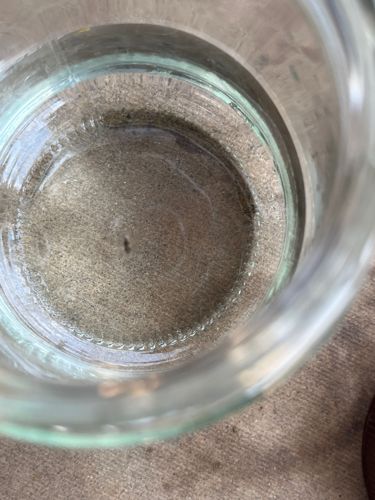Mosquito Larva (Wiggler)
Scientific Name: Various species within the Culicidae family
Order & Family: Order: Diptera, Family: Culicidae
Size: Larvae typically range from 5-15 mm (0.2-0.6 inches) in length, depending on the stage and species. Adults are usually 3-6 mm (0.12-0.24 inches) long.

Natural Habitat
The image shows mosquito larvae, commonly called 'wigglers', in water. They are found in a variety of aquatic habitats, including temporary pools, swamps, marshes, ditches, and artificial containers like buckets and bird baths.
Diet & Feeding
Mosquito larvae are filter feeders, consuming algae, bacteria, and other microorganisms in the water. Adult female mosquitoes feed on blood (from humans and animals) for egg development, while adult males feed on nectar and plant juices.
Behavior Patterns
Larvae develop in stagnant or slow-moving water, consuming organic matter. Adults are winged and typically active at dusk and dawn, with males forming swarms to attract females.
Risks & Benefits
Risks: Mosquitoes are significant vectors of diseases such as Malaria, Dengue fever, Zika virus, West Nile virus, and Chikungunya. Their bites cause itchy welts. Benefits: As larvae, they are a food source for aquatic organisms. As adults, they can be pollinators for some plants, and serve as a food source for birds, bats, and other insects.
Identified on: 8/25/2025